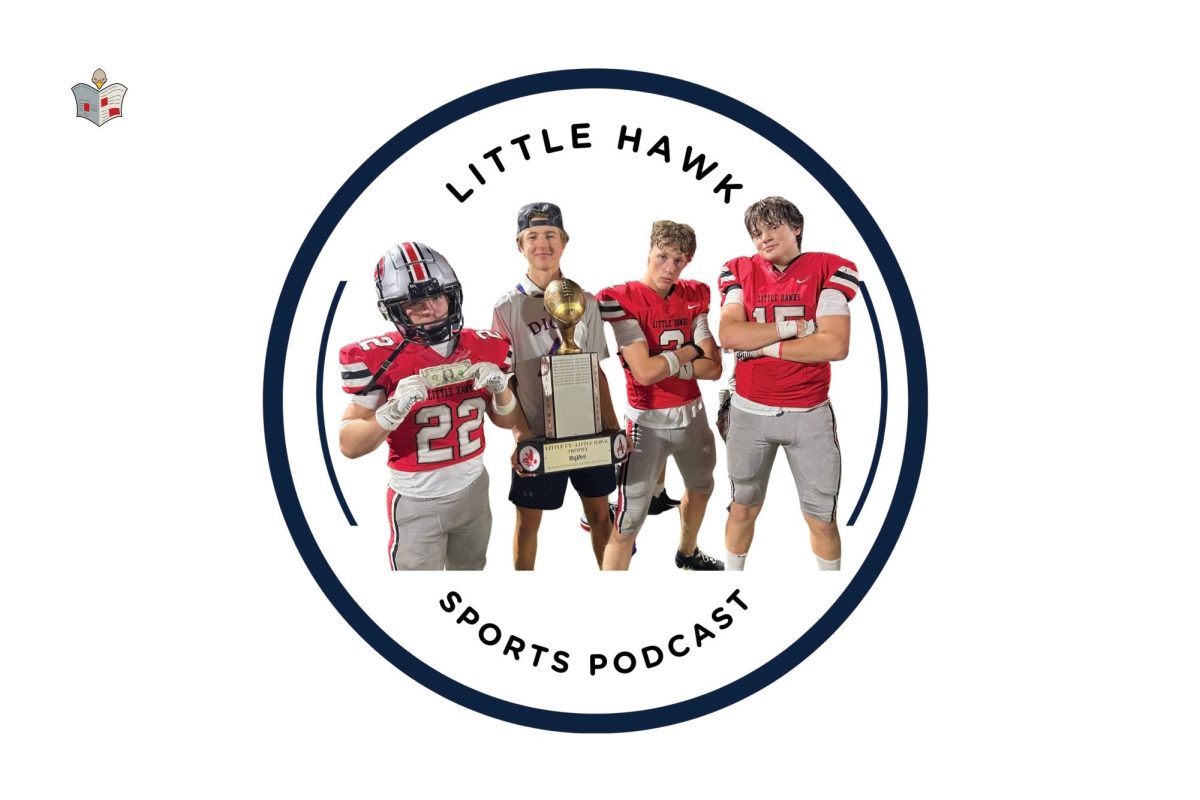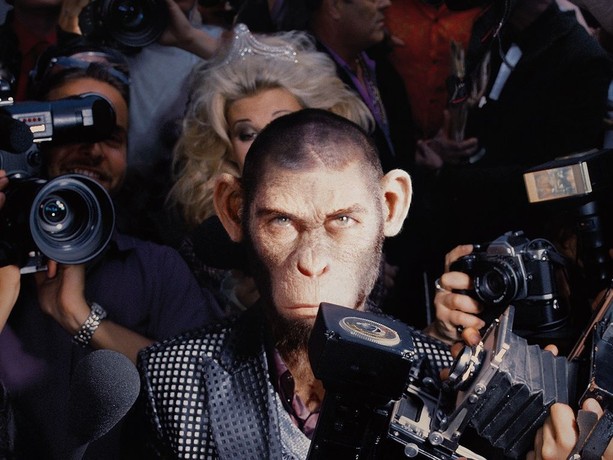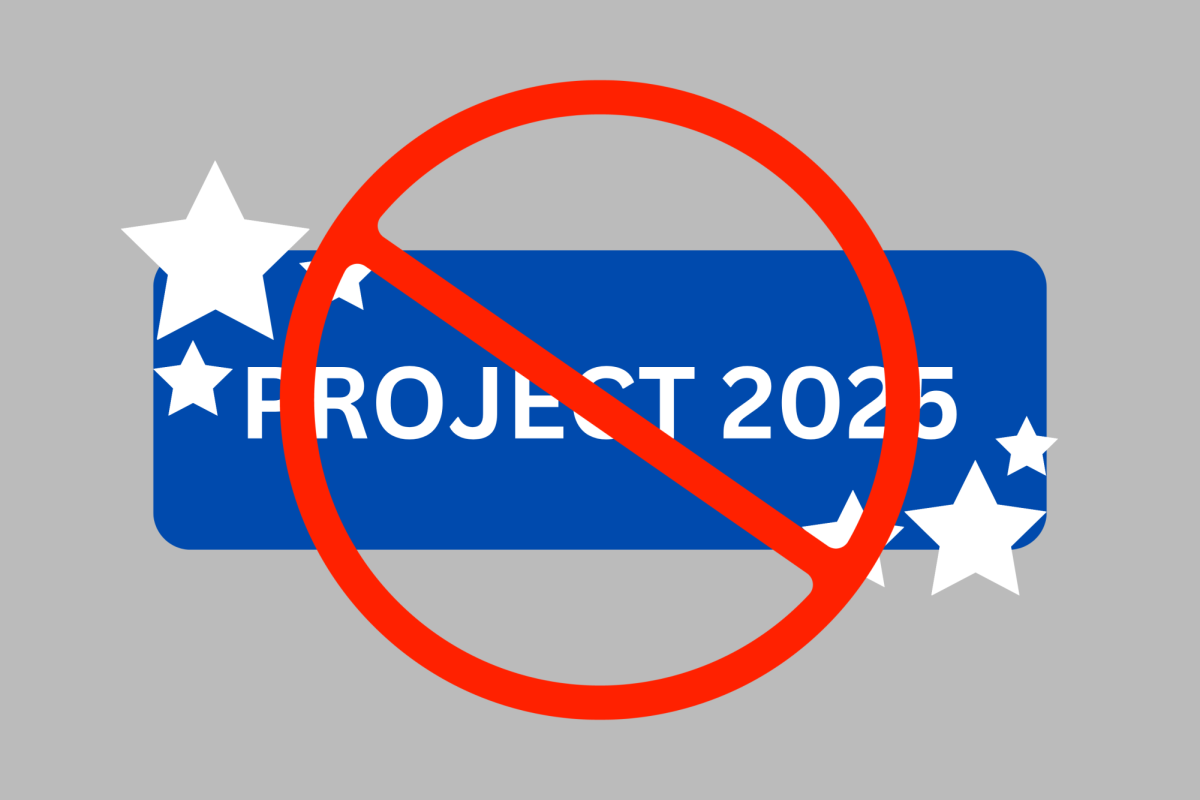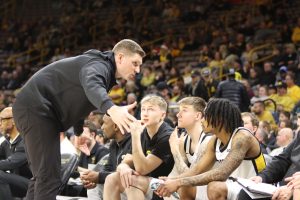Oh Deer: Deer Population Reaches Record Levels
The urban deer population has skyrocketed since the 1970’s, and now Iowa City faces the dilemma of how to control it.
December 16, 2015
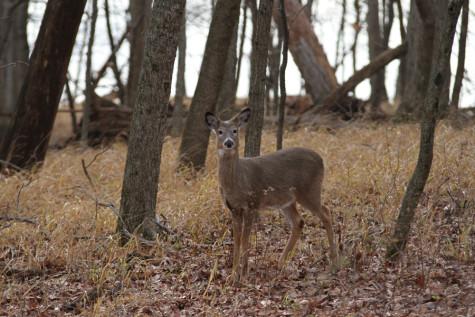 Although usually thought of as cute and fragile creatures, deer can cause serious harm. They destroy landscaping, kill trees, and lead to approximately 1.5 million car accidents nationwide every year, and their numbers are growing.
Although usually thought of as cute and fragile creatures, deer can cause serious harm. They destroy landscaping, kill trees, and lead to approximately 1.5 million car accidents nationwide every year, and their numbers are growing.
“I hit a deer on Prairie Du Chien,” Jim McMillan ‘17 said. “I was shocked, it had just popped out of nowhere.”
State Farm Insurance estimated that between 30,000 and 40,000 collisions occurred between June of 2013 and July of 2014. Iowa has also repeatedly been ranked among the top three states in deer-car collisions.
“Safety needs to come first,” driver’s education instructor Terry Rew said. Rew hit a deer while traveling south on Highway 218 several years ago.
Rew recommends using deer whistles on cars. Deer whistles make a high pitched sound, inaudible to humans, that supposedly repel the animals. Since the collision and the addition of whistles, he has not hit one since.
“Don’t break to miss them,” Rew said. “When you break, the front of your car goes down and that will just send them through your windshield, still kicking.”
As Iowa City development expands, it continues to encroach on the deer’s natural habitats. Charles Bray, a Kent Park Ranger, blames the city’s deer problem on human development invading the deer’s habitat.
“We build and we encroach on [their habitats],” Bray said. “Deer are very adaptive.”
Deforestation in Iowa along with other environmental factors have limited the deer’s natural living space, causing them to move into nearby urban areas.
“There are a lot of deer here,” McMillan said. “But they were here first.”
The rise in deer numbers has sparked controversy over how to contain the population. One of the ways Kent Park and Johnson County are addressing this problem is by having an annual deer bow hunt. Kent Park has set strict guidelines for the hunters in order to keep the hunt ethical and safe. The hunt is held between October 1st and January 10th, and the hunters are only allowed to kill female deer. Even with the precautions taken, the hunt still receives backlash.
“When we started the hunt in 1995, we had some protesters,” Bray said. “The truth is, there will always be protests about the deer.”
The idea of deer population control in Iowa City sprouted in 1973. Researchers in Iowa looked into many possibilities, including bowhunting, sharp shooting, birth control and others methods. Black Hawk county opted for sharp shooting in the early 1990’s. Chip Hardesty remembers a similar situation in Iowa City.
“There used to be this professional guy, who had a PHD in game management,” Hardesty said. “He came and shot 100 deer that were roaming around [Iowa] City, and I think we should get him back.”
Hardesty believes that the deer are a hazard to the community, but isn’t sure if it should necessarily be considered an epidemic.
“I advise new drivers to be really really careful,” Hardesty said. “Especially in the spring, and this early winter when we see a lot of them.”
Besides the hunt, many people have their own thoughts on how the growing population should be dealt with.
“People need to be more aware,” McMillan said. “It could damage your car and hurt the deer. Spreading awareness would be the best cure for the problem.”
City High science teacher Susan Rustwick, who hit a deer on Interstate 80 in 2013, agrees that the population should be managed, but within limits.
“They have a vital part in the food chain,” Rustwick said. “But we want to make sure they are not overpopulated.”
Rustwick also reiterated that the best plan of action is to just hit the deer and don’t attempt to swerve around the deer.
“Do not go into the ditch,” Rustwick, said. “Because you could hit something a lot worse in the ditch, or roll your car.”
Ranger Bray said that if it were up to him, the state would work more with its scientists to figure out ways to effectively control the situation.
“The governor needs to utilize the biologists and have them help him with his laws and fundings,” Bray said. “Deer are near and dear to my heart. I’d like to see it managed responsibly.”














